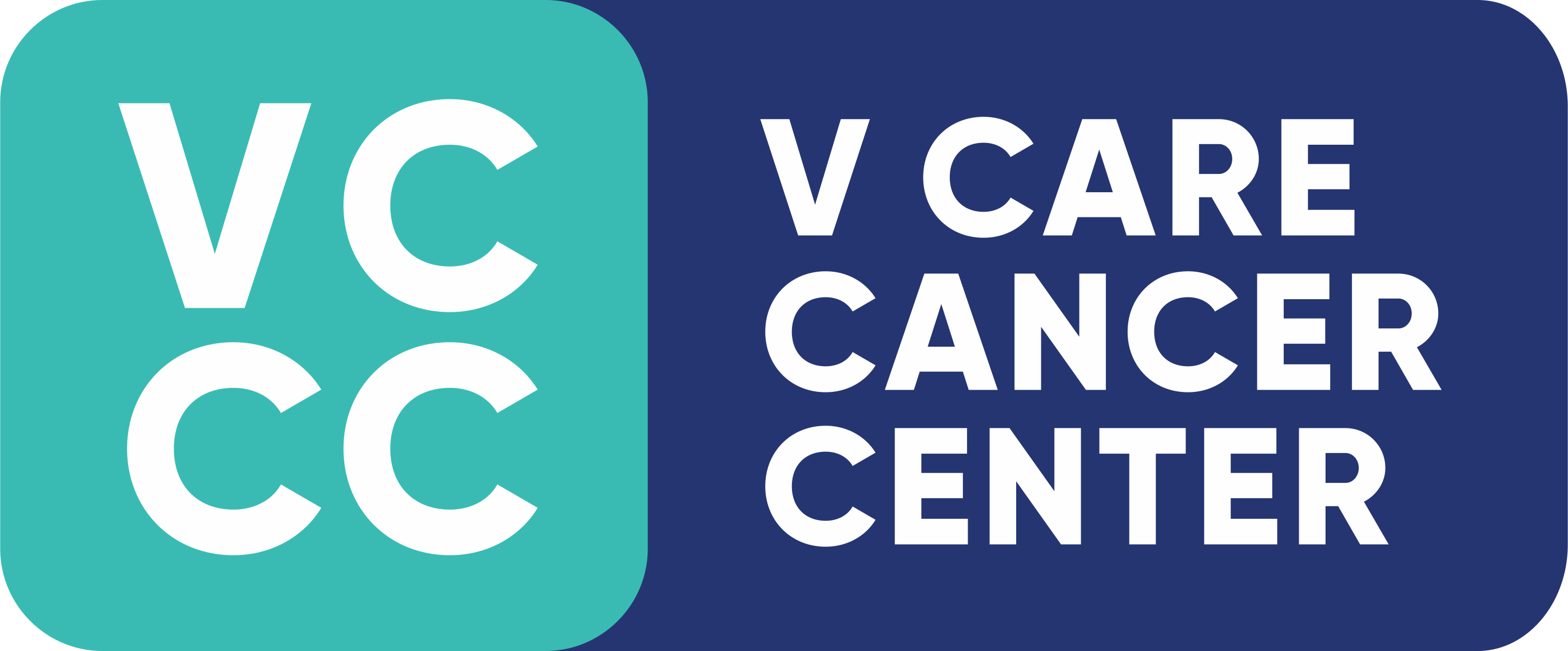Introduction
As a practicing oncologist with years of clinical experience, I’ve encountered a myriad of questions from my patients, their families, and friends about cancer. It’s important to understand that “cancer” is not a single disease, but a vast umbrella term that encompasses over 200 different conditions, all characterized by the uncontrolled growth of cells. This article will provide an in-depth guide on the various types of cancer, aiming to elucidate this complex topic from a doctor’s perspective.
- Carcinomas
The most common type of cancer, carcinomas, originate from cells that form the skin or the lining of internal organs such as the lungs, breasts, and colon. They account for about 80-90% of all cancer cases. Examples include breast cancer, lung cancer, and colorectal cancer. Carcinomas are further divided into two categories: adenocarcinomas (which often occur in organs with glandular structures, like the lungs or prostate) and squamous cell carcinomas (which are typically found in the skin, mouth, esophagus, and cervix). - Sarcomas
Sarcomas are relatively rare, accounting for about 1% of adult cancers. They arise from the cells of connective tissues such as bones, tendons, fat, cartilage, muscles, and blood vessels. Two main types include soft tissue sarcomas and bone sarcomas, examples being leiomyosarcoma (affecting smooth muscle tissue) and osteosarcoma (affecting bone). - Leukemias
Leukemias are cancers of the blood-forming tissues, including the bone marrow and lymphatic system. They do not form solid tumors but result in an overproduction of abnormal white blood cells. There are four primary types of leukemia: acute lymphoblastic (ALL), acute myeloid (AML), chronic lymphocytic (CLL), and chronic myeloid (CML). - Lymphomas
Lymphomas start in the immune system’s cells, specifically the lymphocytes—a type of white blood cell. There are two main types: Hodgkin lymphoma (HL) and non-Hodgkin lymphoma (NHL), with the latter being more common. These cancers affect the lymph system, a crucial part of the immune system, making the body less able to fight off infections. - Central Nervous System Cancers
Central Nervous System (CNS) cancers begin in the tissues of the brain and spinal cord. Gliomas, meningiomas, pituitary adenomas, vestibular schwannomas, and primitive neuroectodermal tumors (PNETs) are examples of CNS cancers. While these are rare, they can have severe consequences due to the essential nature of the CNS in body function.
Prevention and Early Detection
While this overview might seem overwhelming, it’s important to note that advances in medicine have significantly improved the prognosis of many cancers. Early detection plays a vital role in successful treatment, emphasizing the importance of regular health screenings. Lifestyle modifications like maintaining a healthy weight, engaging in regular physical activity, eating a balanced diet, limiting alcohol consumption, and avoiding tobacco can also lower the risk of developing many types of cancer.
Conclusion
Cancer is a broad and diverse group of diseases, each with its unique characteristics, treatments, and outcomes. However, research is continually evolving, and every day we are developing better ways to prevent, detect, and treat these conditions. As a physician, my message is one of hope: most cancers are not death sentences, and with early detection and appropriate treatment, many are curable. Arm yourself with knowledge, engage with your healthcare provider, and never underestimate the power of a proactive approach to your health.


